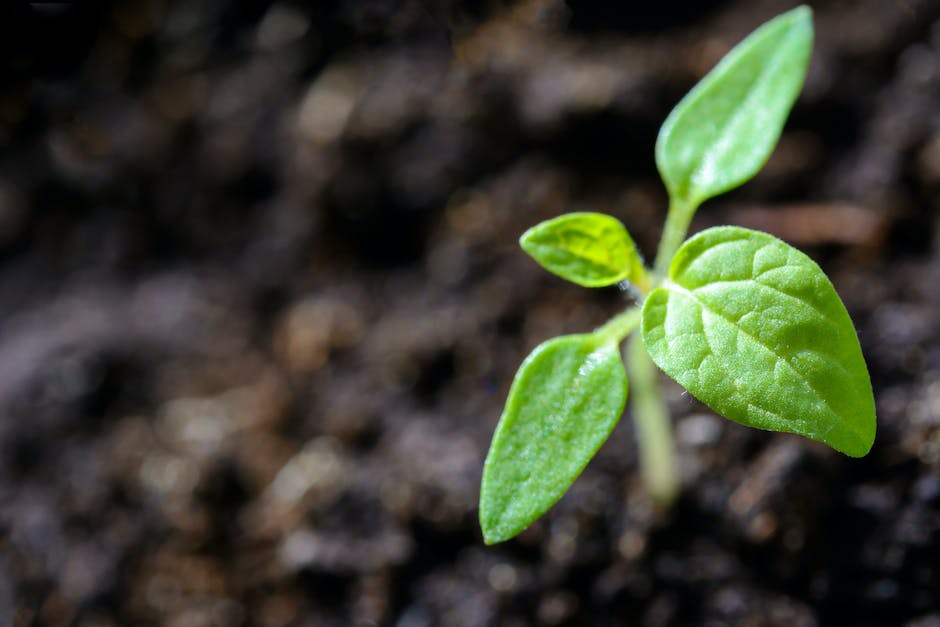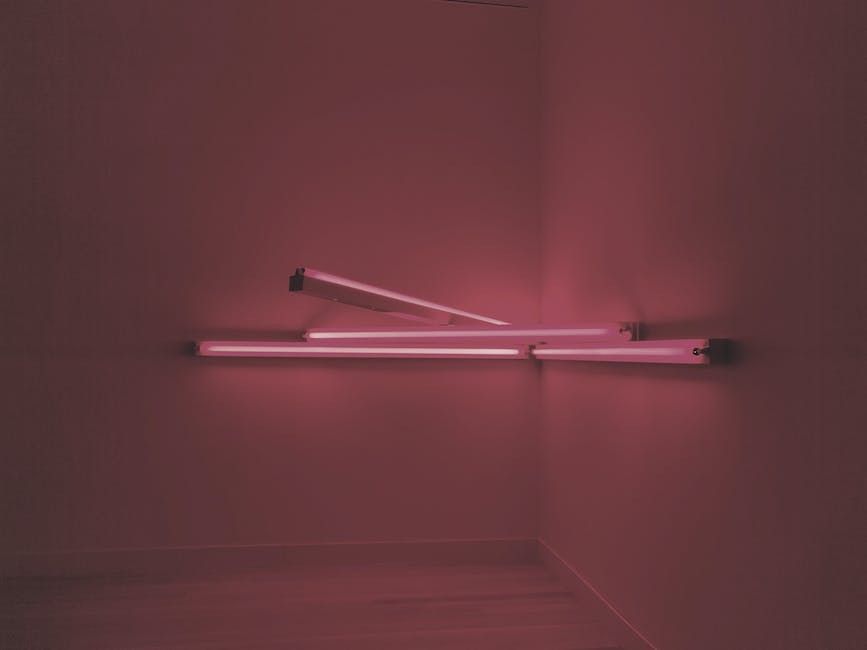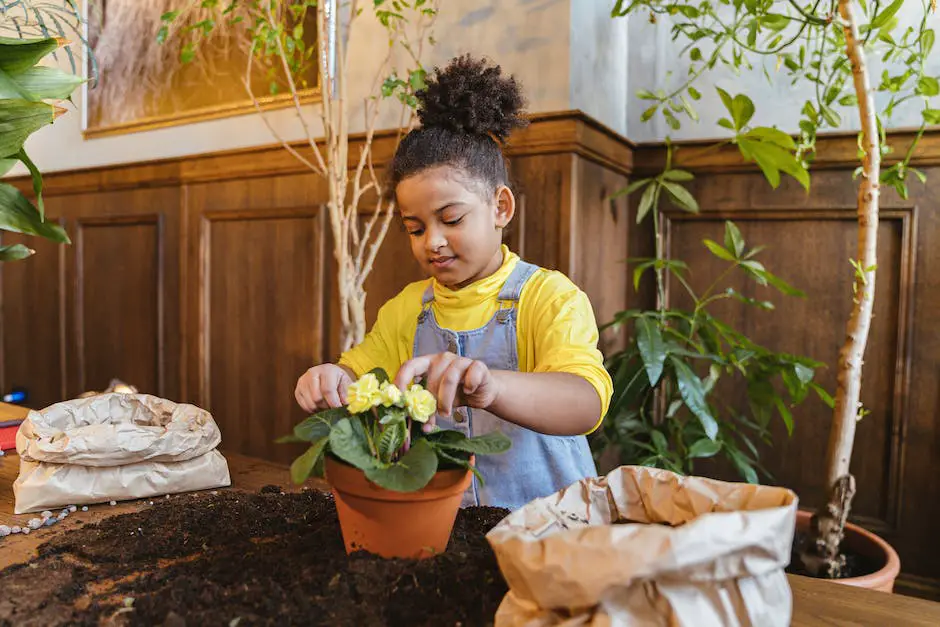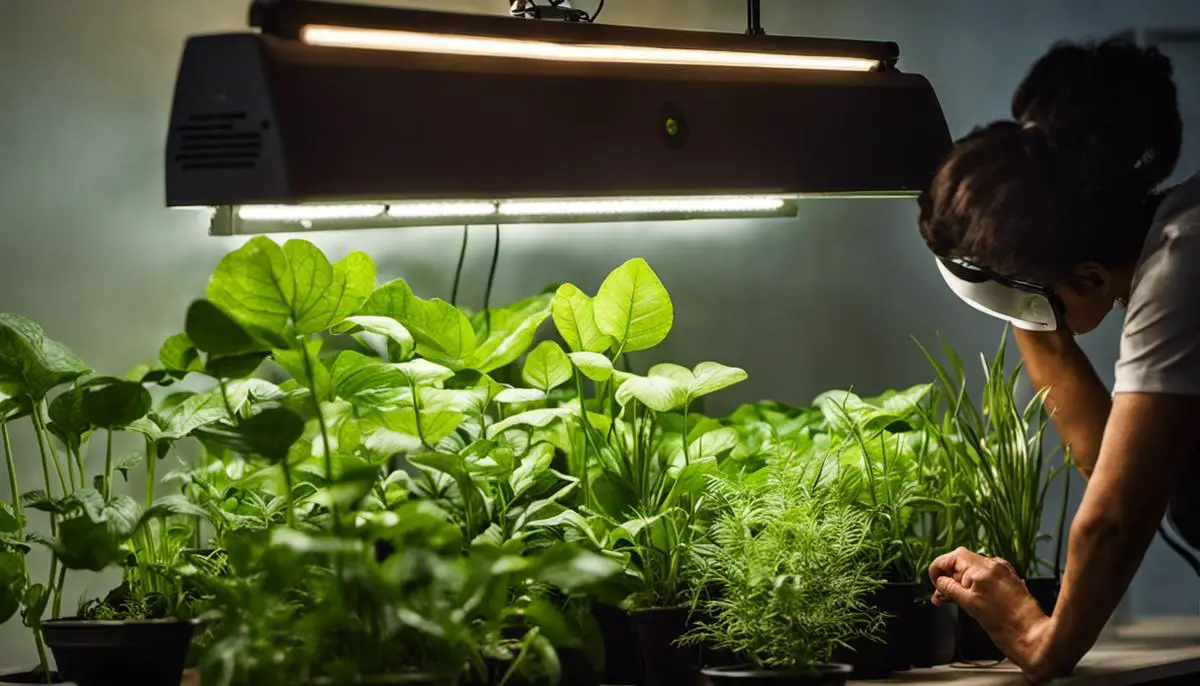Regardless of the weather outside, indoor gardening has become a well-liked pastime and a sustainable way to cultivate plants, veggies, and herbs all year round.
The importance of lighting, however, is a critical aspect of indoor gardening that frequently baffles novices and even seasoned gardeners.
Knowing the function and significance of suitable lighting in indoor gardening is crucial to growing plants that are healthy and productive.
We examine the process of photosynthesis and the effects of various light wavelengths in this investigation to delve deeper into the science of light in relation to plant growth.
Also, a significant amount of attention will be paid to the various indoor grow light types, their functions, advantages, and disadvantages, how to choose them, how to install them appropriately for optimum development, and lastly, how efficient they are in terms of both energy use and cost.
Importance of Lighting in Indoor Gardening
Photosynthesis
At the heart of plant growth is photosynthesis, a process that enables plants to convert carbon dioxide and sunlight into organic compounds, mainly in the form of sugars.
These sugars serve as a crucial source of energy, which fuels the general growth and development of plants, including the production of fruits, seeds, and flowers.
Light plays an instrumental role in photosynthesis, and without it, this process cannot take place.
Plants utilize light to initiate the chemical reactions that will eventually create the sugars needed for growth.
When the light hits the plant’s surface, it gets absorbed by the plant’s cells containing chlorophyll, a pigment responsible for the green color in plants.
The energy from the light triggers the conversion of water and carbon dioxide into glucose, which the plant can use for energy.
The Impact of Different Light Wavelengths
Light can be broken down into different wavelengths, each represented by various colors such as red, blue, green, orange, and violet.
Photosynthesis mainly occurs under red and blue light, these wavelengths being the most efficient for the process.
Light in the blue range helps with plant growth, promoting strong stems and leaf growth.
On the other hand, red light encourages flowering and fruiting.
While plants under natural light can readily access these wavelengths, indoor plants may not have such luxury.
Regular indoor lighting is not often conducive to growing plants, as they typically do not provide the correct spectrum of light required for photosynthesis.
The Role of Artificial Lighting in Indoor Gardening
When it comes to cultivating plants indoors, one must understand the crucial role lighting plays in their growth and development.
Since natural sunlight is typically scarce indoors, garden enthusiasts rely heavily on artificial light sources to substitute or augment it.
Among the various options, fluorescent lighting is a noteworthy candidate.
Its appeal lies in the broad spectrum of light it illuminates, encompassing the blue and red lights essential for different plant growth stages – from germination to flowering.
An equally suitable choice is the use of Light Emitting Diodes (LED) lights, revered for their energy efficiency and minimal heat production.
Their programmability allows them to emit customized wavelengths of light tailored to various growth stages.
Although being strong light sources, high-intensity discharge (HID) lamps produce a large amount of heat, necessitating additional ventilation to maintain ideal growing conditions.
In order to accommodate different plant growth stages, HID lamps are unique in that they offer both blue (metal halide) and red (high-pressure sodium) spectrums.
Considerations including plant kind, development stage, and cost should all be taken into account when choosing the best lighting for indoor gardening.
Timers and other add-ons can successfully mimic the natural day-night cycle, giving plants the essential “rest” times they require.

Indoor Gardening
Types of Indoor Grow Lights
Delving into the World of Fluorescent Lights for Indoor Growing
Fluorescent lights have carved a niche for themselves in indoor gardening, primarily due to their energy efficiency and low heat output.
Emitting a light spectrum ideally suited for the seedling and vegetative stages, fluorescent lights encompass types like tubes (T5, T8, T12) and Compact Fluorescent Lights (CFLs).
For smaller setups or individual plants, CFLs excel, while tube lights tackle larger spaces with relative ease. T5 tubes, in particular, stand out in their efficiency, making them a stellar choice for indoor cultivation.
However, it is critical to note that fluorescent lights aren’t infallible.
Their major drawback is a lower light intensity, which falls short during flowering and fruiting phases.
Also, the diffused nature of their light means reduced effectiveness in penetrating the plant canopy, necessitating them to be placed closer to the plants, resulting in a restriction on vertical growth.
LED Lights for Indoor Growing
LED (Light Emitting Diode) grow lights are quickly gaining popularity for indoor gardening.
They are highly energy-efficient and last longer than most other types of lights.
They emit less heat, reducing the risk of overheating your plants and allowing for closer placement.
LED lights can be calibrated to emit specific wavelengths of light, making them suitable for all stages of plant growth.
The main drawback of LED lights is the initial cost.
They are significantly more expensive upfront than other varieties.
However, this cost can be offset over time through reduced energy usage and longer operational life.
High-Intensity Discharge (HID) Lights for Indoor Growing
HID lights have been a go-to option for indoor gardening for ages due to their high light intensity.
They come in two types: Metal Halide (MH) and High-Pressure Sodium (HPS).
MH lights produce a blue-white light perfect for the vegetative phase, while HPS with their red-orange light are excellent for flowering.
Despite their superior performance, HID lights have serious downsides.
They consume a lot of electricity and release a substantial amount of heat, meaning a suitable cooling system is necessary.
These lights also have a shorter lifespan compared to LEDs and fluorescents.
Incandescent Lights for Indoor Growing
Incandescent lights are the same as the traditional light bulbs seen in an average household.
They are the least suitable for plant growth as they emit a very small spectrum of light that plants can use.
Their efficiency is poor, and the high heat output can harm the plants.
The ideal lighting option for your indoor gardening needs greatly depends on specific factors, such as the types of plants you’re cultivating and their growth phase.
Generally, LED and Fluorescent lights tend to be a more suitable choice due to their efficiency, reduced heat emission, and adaptability to varying growth stages.

Indoor Gardening
Installation and Positioning of Grow Lights
Gaining Insight into Grow Light Fundamentals
Grow lights serve as artificial sources of light that imitate the sun’s spectrum, thereby fostering plant growth.
This becomes especially vital for indoor gardening where sunlight may not be readily available.
The kind, intensity, and duration of light exposure can profoundly influence your plants’ health, speed of growth, and crop yield.
Thus, to enhance plant growth indoors, it’s beneficial to grasp some rudimentary concepts related to grow lights.
Selecting the Right Type of Grow Lights
Different types of grow lights, such as fluorescent, LED, and high-intensity discharge (HID), cater to different aspects of plant growth.
Fluorescent lights are perfect for low-light plants and seedlings, given their cooler temperatures. LEDs are energy-efficient, have a long lifespan, and support all growth stages.
They are ideal for any type of plant, including high-light plants like tomatoes. HIDs, which encompass metal halides and high-pressure sodium lights, are often used for large, professional growing operations.
Determining the Grow Light Intensity
Light intensity refers to the amount of light that a plant receives.
It is measured in Photosynthetically Active Radiation (PAR) values, which signifies the light usable for photosynthesis. The higher the PAR value, the greater the light intensity.
This light intensity determines the plant’s growth speed and health, with low light intensity stunting growth and high light intensity potentially scorching plants.
The correct intensity also depends on the type of plant.
For instance, lettuce, herbs, and other leafy greens require lower light intensities, while fruit-bearing plants often need high light levels.
Maintaining Appropriate Distance from Plants
The distance between the grow lights and the plants hugely affects light intensity.
A common rule is to keep high-intensity lights further away than low-intensity lights.
For example, HID lights, which are very intense, should be around 24 inches above the plants, while LED lights can be 12-24 inches away.
However, there’s no one-size-fits-all approach, and these heights should be adjusted based on the light’s intensity, the plant’s response, and the specific growth stage.
If plants are stretching excessively or burning, it can indicate that the grow lights are too far or too close, respectively.
Setting the Right Exposure Time
Plants need a perfect balance of light and dark periods, a phenomenon known as photoperiodism.
This balance affects the plant’s growth and bloom cycles. Generally, most plants need around 12-16 hours of light each day.
But again, the optimal light schedule depends on the plant type and its life stage.
For instance, while seedlings require long light periods, flowering plants may need longer dark periods to bloom.
To regulate these cycles, using an automatic timer for the grow lights can be highly beneficial.
Ensuring Adequate Light Coverage
Ensuring even light distribution is critical for indoor growing.
This helps all areas and leaves of the plant receive equal light, promoting even growth.
Using reflectors, adjusting the light height, and positioning plants appropriately can help ensure good light distribution.
Setting the Scene
When it comes to successful indoor gardening, there is no one-size-fits-all answer.
The optimal lighting conditions for one plant might not be the same for another.
Factors such as the type of plant, its current growth stage, the intensity and spectrum of the light, the distance between the light source and the plant, and the duration and coverage of light exposure all come into play.
Determining the right balance of these elements can take trial and error, but the results can be highly rewarding.

Energy Efficiency and Cost-efficiency of Indoor Grow Lights
Navigating the World of Indoor Grow Lights
To make wise decisions for your indoor garden, you’ll need to familiarize yourself with the wide range of grow lights available on the market.
Just as sunlight drives photosynthesis for outdoor plants, indoor grow lights provide the necessary light spectrum for indoor plants.
The efficiency and energy consumption of each light play a crucial role, especially when you take into account the operational costs.
Breaking Down the Efficiency and Costs of Different Grow Lights
When evaluating cost, you must assess not only the price of the light fixture itself but also the energy it consumes.
This factor is often overlooked but is key to understanding the true ongoing cost of a particular grow light.
This assessment involves looking at how much power the light requires (measured in watts), and how efficient it is at delivering light to the plants.
1. High-Intensity Discharge (HID) Lights
Popular in large indoor gardening setups, HID lights offer a high light output at the expense of high energy consumption.
These lights typically come in two varieties: Metal Halide (MH) and High-Pressure Sodium (HPS) bulbs.
MH bulbs are ideal for the vegetative growth phase, while HPS bulbs thrive in the blooming phase.
However, their high energy use and heat output mean they may not be cost-effective for smaller, home gardens.
2. Fluorescent Lights
Fluorescent lights, including Compact Fluorescent Lights (CFLs) and T5s, use less energy than HID lights and generate less heat.
This makes them economical and suitable for small indoor gardens.
Despite these advantages, their lower light output per watt limits their effectiveness for larger operations or plants that require high light intensity.
3. Light Emitting Diodes (LED) Lights
Amongst indoor grow lights, LEDs stand out as the most energy-efficient and cost-effective solution.
They offer high light output for less power, resulting in lower energy costs.
Modern LED lights can cover the necessary full spectrum of light for plant growth, eliminating the need to switch bulbs between growth phases.
While the upfront cost may be higher, their longevity and reduced operation costs make them an excellent long-term investment.
4. Ceramic Metal Halides (CMH)/Light Emitting Ceramics (LEC)
Ceramic lights, like CMH or LEC, offer a balanced full spectrum of light, providing support to both vegetative and blooming stages of plant growth.
They carry a balance in energy efficiency between LEDs and HIDs, and their high thermal efficiency results in less waste heat, thereby reducing the need for additional cooling systems.
In summary, when evaluating your lighting options for indoor gardening, remember that power consumption is just one aspect to consider.
The size of your garden, your specific needs, light intensity, spectral range, and heat output must all be factored into your decision.

Understanding the right lighting for indoor gardening not only shows the way to a greener hobby, but it is also a key factor in determining how successful an indoor garden will be.
The right choice of grow lights, their installation and positioning, as well as consideration of energy and cost-effectiveness, all play important roles.
Indoor grow lights are not just a substitute for sunlight; they are really a better option because they can adjust the light spectrum to fit the unique demands of plants and work all year round, regardless of the weather outside.
By becoming an expert in indoor lighting, one may not only create a stunning, private indoor garden but also actively contribute to a more sustainable and environmentally friendly world.




